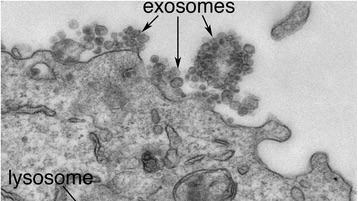There are a few aesthetic clinics that advertise exosome injections to treat hair loss. The treatment can involve one injection into the scalp every month for 3 months.
What are exosomes? They can be simply defined as ‘bubbles’ created within cells. These contain lipids, DNA particles, mRNA, peptides, growth factors amongst many molecules. She of these ‘bubbles’ migrate to the cells surface before they are released. These then have the potential to travel to the surface of other cells where they can exert a signalling effect. It is thought that the growth factors contained in these exosomes may be of benefit to the hair follicle.
Where are these got from? Commercially available exosomes are commonly derived from donated human amniotic stem cells, adipose tissue stem cells and bone marrow stem cells.
Is there evidence? To date, there are only few published research articles that actually show that there may be some benefit in hair growth. A small study of 20 patients for 12 weeks (in 2019) showed some benefit but didn’t show any dramatic improvement. The use of exosomes as treatments are at an experimental stage with long term effects unknown.
Are they approved? NO. The FDA in America and the Canadian authority have not approved the use of exosomes for any treatment. There are currently no regulatory-approved secretome, exosome, or EV-based therapies worldwide.
“Stem cell products are regulated by FDA, and, generally, all stem cell products require FDA approval. Currently, the only stem cell products that are FDA-approved for use in the United States consist of blood-forming stem cells (also known as hematopoietic progenitor cells) that are derived from umbilical cord blood. These products are approved for use in patients with disorders that affect the production of blood”.
Costs: Despite its lack of robust evidence, exosome therapy is an expensive treatment. The cost can range from £500 to £2000 per session.

